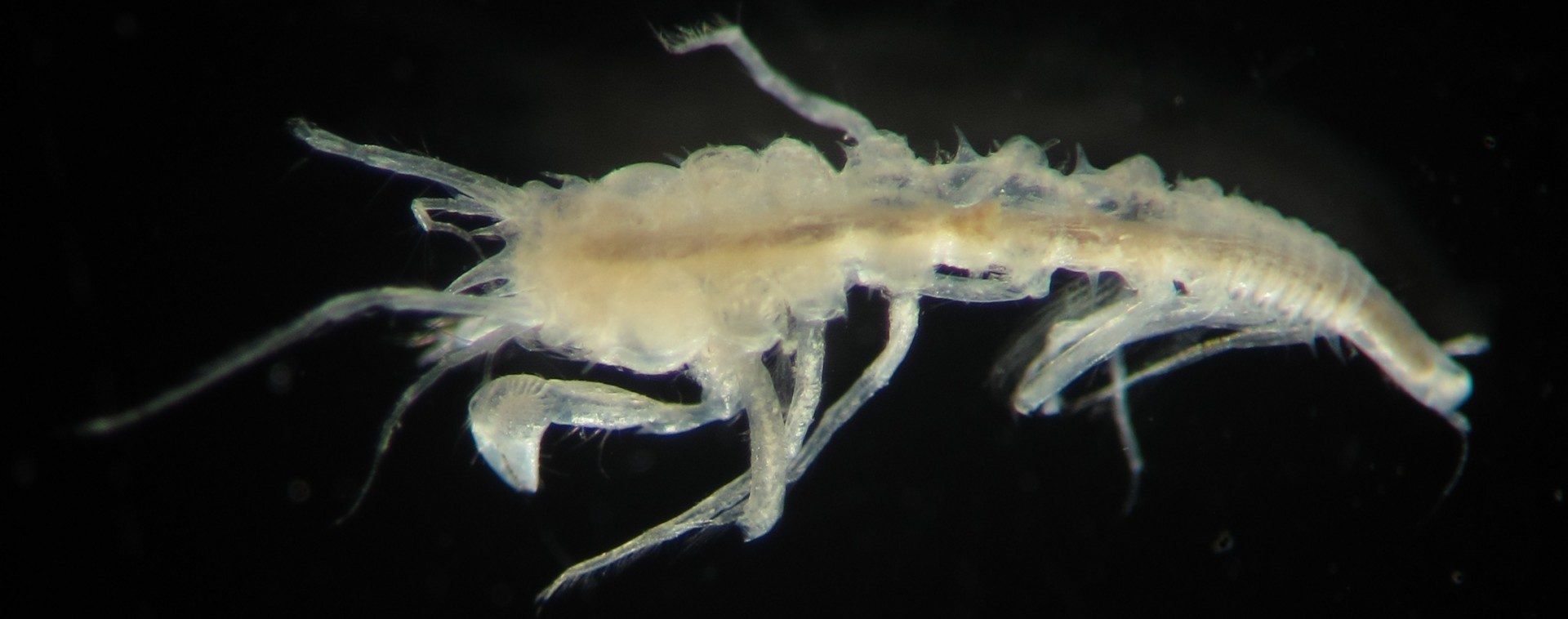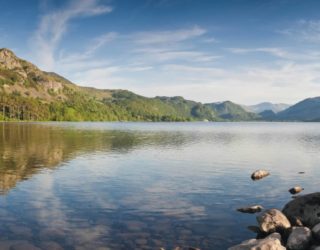Whilst we are used to identifying animals from the continental shelf, we have been very excited to work on a project where we could find rarely encountered species which only occur in deep waters. The most extraordinary of these species are the shrimp-like tanaids Neotanais giganteus and Atlantapseudes grossimanus. The animals shown here measure approximately 8 mm in length. Their large claws enable them to actively hunt for smaller prey such as worms and molluscs.
Image, top: Neotanais giganteus Hansen, 1913
Image, 2nd from top: Atlantapseudes grossimanus (Norman & Stebbing, 1886)
Bristleworms were present in the samples and are abundant in marine sediments in general. In deep waters members of the family Paraonidae are regularly present. The animal shown here was especially striking due to its reddish sensory organs.
Image, 2nd from bottom: Paradoneis mikeli Aguirrezabalaga & Gil, 2009 (length of fragment shown: 4 mm)
A typical deep sea species is the gastropod Amphissa acutecostata. As shown in the images below, its beautiful shell shows a conspicuous wavy longitudinal pattern. Examples of this species were regularly present in our samples. They are known to occur on soft bottoms from the lower shelf down to 2000 m depth
Image, bottom: Amphissa acutecostata (Philippi, 1844) (height of shell: 9 mm)











